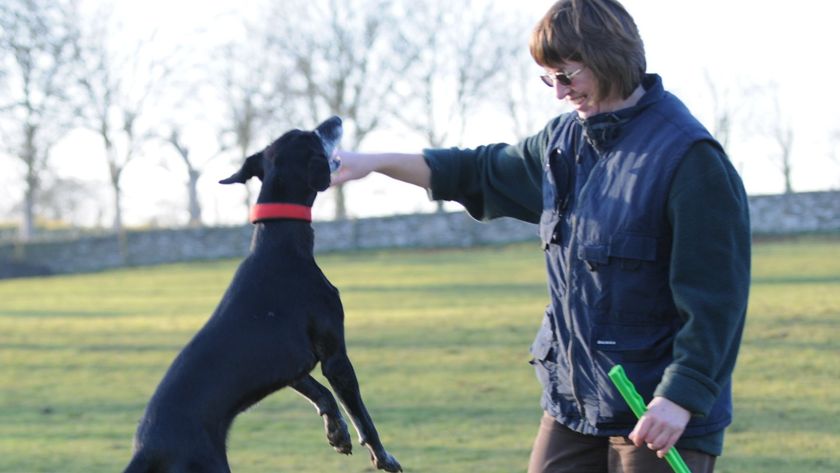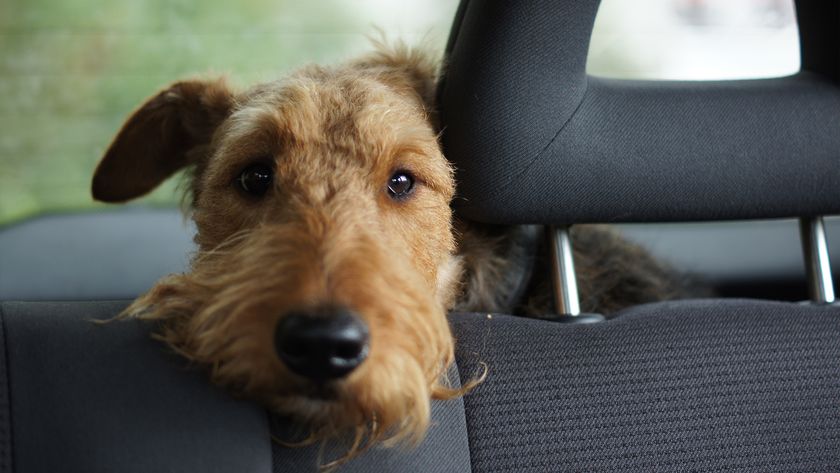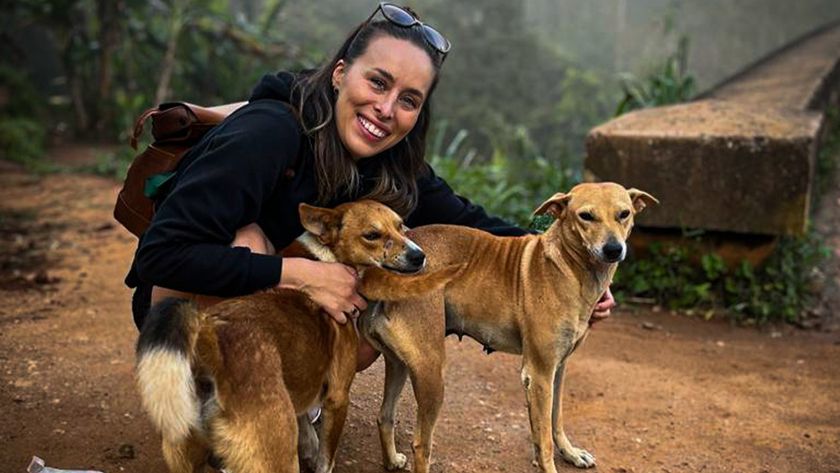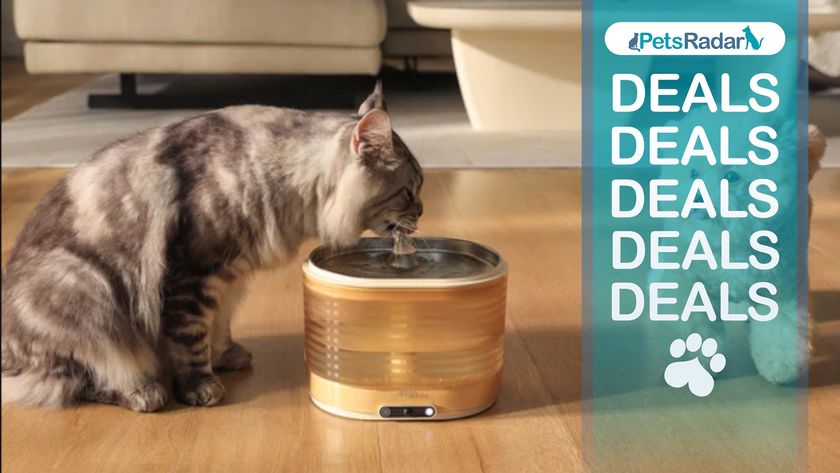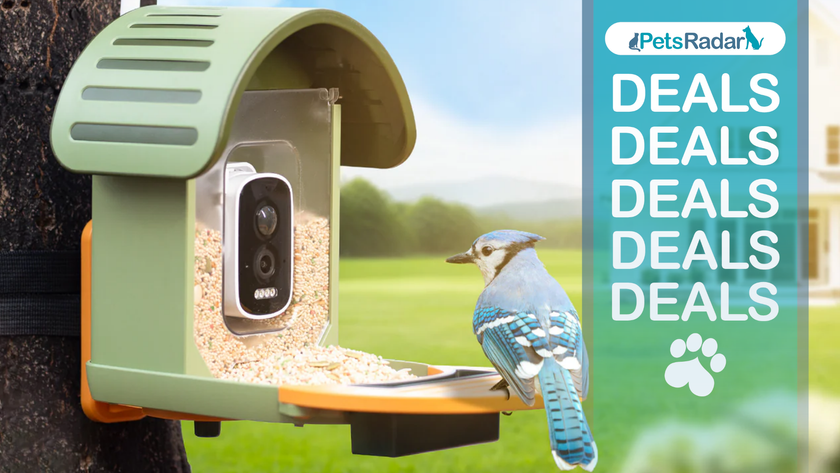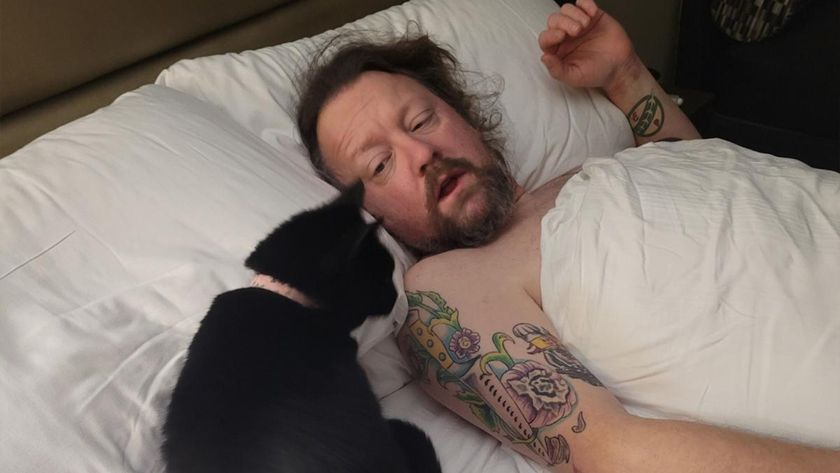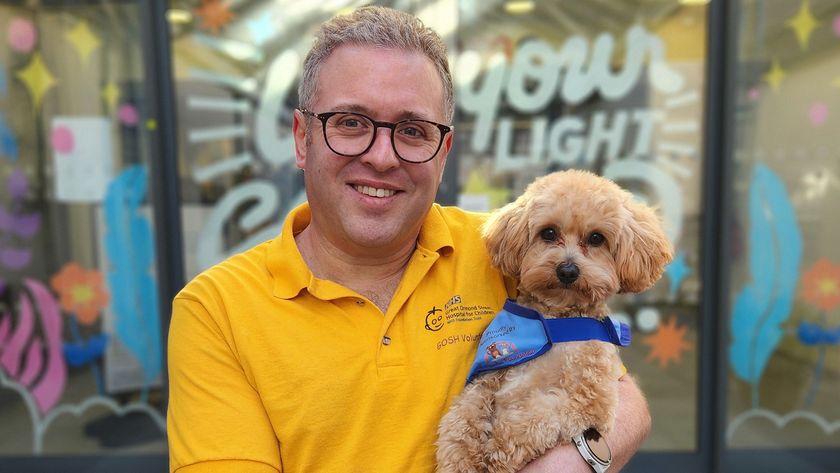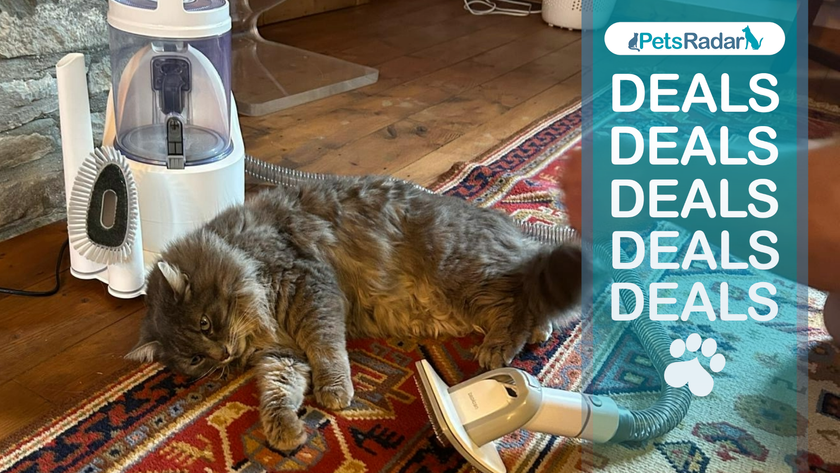Heard of the predatory motor sequence? Trainer explains how it relates to your dog’s behavior
From sniffing to chasing to eating, this is the natural predatory sequence your dog goes through
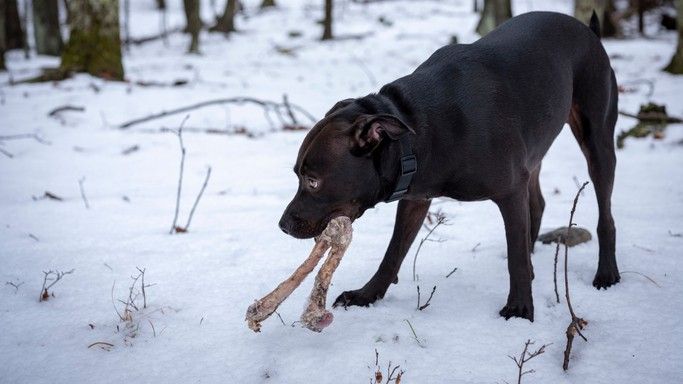
While we might pamper our dogs with the very best dog treats, they are descended from wild animals, and they still have natural predatory behaviors – even though they no longer need them.
And they still have a very strong urge to perform those behaviors. It can be frustrating if you have a dog who’s constantly sniffing things along the ground, chasing smaller animals, or tearing new toys to shreds (read our guide on how to teach your dog not to destroy toys), but it can help to understand why they do it. It’s something known as the predatory motor sequence.
Lisa Burton of Listen Dog Training has outlined and explained the sequence in a recent Instagram post, and it makes useful reading for anyone who lives with a destructive, messy, or inquisitive pup.
A post shared by Lisa | Award-Winning Dog Trainer & Course Creator (@listendogtraining)
A photo posted by on
She explains that the first stage is scent and track. All dogs have the urge to sniff, but even more so those pups from breeds bred specifically for it, so it’s a good idea to offer your dog an outlet to sniff to their heart’s content. Put them on a long lead on walks so they can walk ahead and sniff, or take them to a scentwork class. Sniffwork is also one of many ways to have more fun with your dog on walks.
The second stage is eye and stalk, which Burton describes as being most noticeable in herding dogs. “You’ll notice your dog slow their movement to intentionally watch something,” she explains, while pointing out that this behavior can be dangerous if they try to herd things like children or moving vehicles. She suggests doing Treibball, a sport that allows your dog to herd, if this is something they’re particularly interested in.
We’ve all seen our dogs run after things, so it might be unsurprising that the third stage is the chase stage. If your dog loves to chase, you can provide a safe outlet by encouraging them to run around obstacles, or use a flirt pole.
The fourth stage is the grab bite, something that was necessary for dogs in the wild. You can train a cue for your dog to get permission to grab a cue, as well as a release cue, to stop them from snatching things like toys or laundry.
PetsRadar Newsletter
Get the best advice, tips and top tech for your beloved Pets
The fifth is a shake or kill bite, which is particularly noticeable in terriers – have you ever seen yours shake a squeaky toy? Use a flirt pole for them to ‘kill’ a toy in a safe environment.
The sixth stage is the dissecting stage – give your dog old boxes filled with some of the best dry dog food or treats to tear through to reduce the chance of your favorite cushion being shredded. And finally, the seventh stage is the eating stage. If you’re asking ‘Why does my dog eat fast?’ – something that can be dangerous – why not use Kongs, snuffle mats, and maze feeders to slow your dog’s feeding down?
If your dog displays a behavior you’re concerned about, it’s worth considering the predatory motor sequence to see if it might be a hangover from their wild ancestors – it just might help you understand your pup even better.

Adam is a freelance journalist specialising in pets, music and culture, and mental health and wellbeing. He investigates and writes the large majority of news on PetsRadar, and collaborates with veterinary experts to produce informative pet care content.
Adam has a journalism degree from Southampton Solent University and a masters degree in Magazine Journalism from Cardiff University. He was previously senior editor at dog advice website DogTime.com, and has also written for The Independent, GoodToKnow and Healthline.
He owns two rescue cats, Bunny and Dougie, and has also previously had a rabbit, fish and Roborovski dwarf hamsters.
